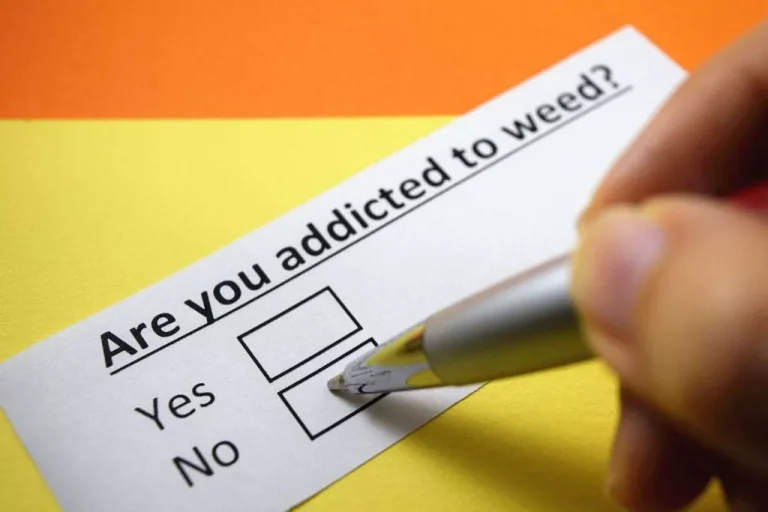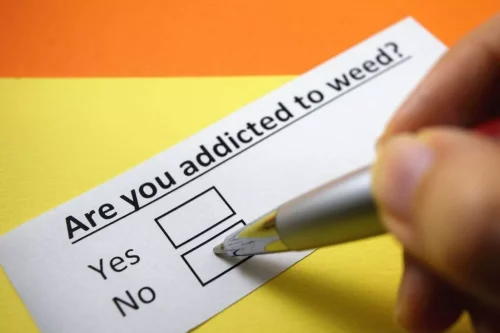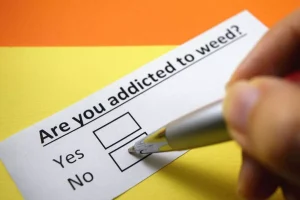
When a person tries to stop using the substance, withdrawal symptoms often follow. These symptoms vary depending on the drug but can include anxiety, irritability, nausea, depression, and physical pain. Withdrawal occurs because the brain, after becoming reliant on the drug for dopamine production, struggles to function normally without it. This means that over time, users need to consume higher amounts of the drug to feel its effects, further reinforcing the cycle of addiction. The more the brain adapts, the more drugs are needed, leading to even more profound changes in brain chemistry. Over time, the brain begins to rely on the substance to produce dopamine, making it difficult to experience pleasure from natural sources, such as eating, socializing, or exercising.
Regular Substance Use
- As the cycle repeats, tolerance builds, requiring larger doses to achieve the same high.
- In addition to tolerance, an addict or alcoholic will experience intense physical cravings for the drug and an emotional obsession to take alcohol or drugs regardless of the consequences.
- Most insurance plans consist of payments through copays, coinsurance, premiums, or deductibles.
- Addressing these substance-specific factors is vital for tailored interventions.
- In the case of trying out substances for the first time, there are people who try them out and find they don’t like them, and it stops there.
Since addiction is a chronic condition, various influences, such as stress, Alcoholics Anonymous environmental cues, or social pressures, can trigger a relapse. Your healthcare provider may suggest medication as part of your addiction treatment. These medicines can reduce your drug cravings and can help you avoid relapse. Addiction can manifest in various forms, including but not limited to alcohol, prescription medications, illicit drugs, and behavioral addictions like internet gaming or shopping. Each type of addiction presents unique challenges and requires tailored approaches for effective intervention. It can be broken at any point, no matter how many times you’ve spun through it or how long you’ve been spinning.
Denying Our Mental Health: Why We Do It and How To Move Past It

These molecules help regulate everything from mood and appetite to sleep and cognition. Drugs of abuse hijack this delicate system, often by mimicking or amplifying the effects of natural neurotransmitters. It is merely a setback, and with the right help, you can maintain a wholesome recovery. At this stage, the substance becomes a necessary part of daily functioning, not just a choice. Discover affordable rehab centers near you, offering easy access and convenience.

For Loved Ones: How to Support a Loved One’s Mental Health
Modulated signal transduction pathways lead to altered levels of transcription factor expression. Chronic substance exposure can increase levels of the transcription factor ΔFosB in the NAcc.32 Elevated ΔFosB increases sensitivity to addictive substances. Furthermore, these neuroadaptations occur in the 3 distinct neurobiological stages of intoxication/binge, withdrawal/negative affect, and preoccupation/anticipation. The focal regions of the brain involved with these stages in respective order are the basal ganglia, the extended amygdala, and the prefrontal cortex. A first-time user feels intense pleasure after using the substance or engaging in the activity and wants the experience again.

Sign Up & Get Our FREE Recovery Guide
The third stage of the addiction cycle is the preoccupation/anticipation stage. The signature of this phase is a preoccupation with using the substance, known as “cravings.” The prefrontal cortex (PFC) is the brain region primarily involved in the preoccupation/anticipation stage. The PFC is responsible for executive functioning, including the ability to plan events, manage tasks, and regulate thoughts, emotions, and impulses. Executive function is directly involved in the decision to use substances and can occasionally override strong urges to use a substance. Tolerance also shifts the individual’s emotional baseline, predisposing them to more negative emotions when the substance is absent. This leads to an ongoing withdrawal state in which low mood, anxiety, and physical illness are the baseline.

Dependence Formation

Having the right motivation sets an addict quicker on the path to recovery. By creating new achievable goals, you give yourself something to look forward to each day besides getting high. The first thing you want to do is to recognize that addiction is a disease that requires decisive action. Many people cannot break out of the addiction cycle cycle of addiction due to denial or justification of the problem. If your loved one is trapped in the addiction cycle, the first thing is to help them see that they have a problem. This stage can last between six months to five years, depending on genetic factors and the severity of the addiction.
- As individuals continue to use the substance or engage in the behavior, they may enter the abuse stage.
- The basal ganglia becomes less active to start, resulting in the individual being unable to feel the pleasures they may typically experience in life.
- To truly understand addiction, we need to peek under the hood and examine what’s happening in the brain.
- Many people who seek treatment discover they have a mental health disorder like depression, anxiety, or PTSD (post-traumatic stress disorder).
This contribution is seen in individuals with genetic polymorphisms affecting alcohol metabolism. However, the expression of these enzymatic proteins is not a static process. First, Jellinek used a very small sample of AA members to validate the stages in his model. Most of these individuals already believed his hypothesized progression of alcohol use disorder. In addition, Jellinek’s original model did not apply to women who may actually demonstrate a slightly different progression in addictive behaviors than men.









